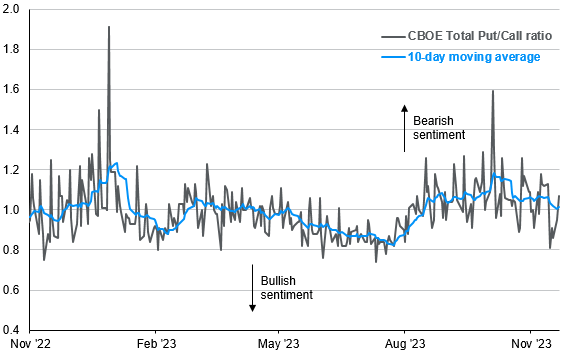Written by: Jack Manley
Technical analysis is a method of evaluating financial assets – like stocks, bonds and commodities – using mathematical calculations based on prices, trading volumes or open interest in futures and options. This analysis is typically expressed through annotated graphs. For example, “support” and “resistance” lines can be drawn on price charts to indicate a projected trading range for a security based on perceived supply and demand; or “candlestick” charts can be built using a series of daily price data, looking at opening, closing, maximum and minimum prices from each day and color-coded based on the return, to identify changes in market sentiment and momentum.
Fundamental analysis, by comparison, seeks to identify the intrinsic value, or “real worth” of an asset: stocks trading below their intrinsic value are generally seen as promising buys. Fundamental analysis relies on financial statements, interest rates and economic data, all of which go into producing a valuation metric.
Many investors are comfortable with the concept of fundamental analysis but are less confident in the technical aspects of market forecasting. As a result, they may wonder: does technical analysis matter?
Within the stock market, certain technical indicators have historically been reliable signals for short-term market performance, particularly when they are compared against each other. The current 50-day average price level for the S&P 500 is significantly higher than the 200-day average price level, for instance, highlighting recent market momentum that could beget further upward price pressure. Additionally, outstanding values of puts – which give the contract owner the right to sell an asset at a fixed price – and calls – which give the contract owner the right to buy – are helpful proxies for market sentiment, and the put-call ratio has recently fallen. This reflects a more bullish attitude toward equities.
“Technicals” have perhaps been even more important in explaining recent Treasury market performance, particularly with the 10-year Treasury yield seemingly range-bound between the psychologically significant 5% upper-level and the 100-day moving average of closer to 4.3%.
The issue with technical analysis, however, is that while it can be very effective at predicting daily performance, it is less helpful when looking out into the more distant future. For that, fundamentals are much more effective: for example, S&P 500 forward valuations alone have historically explained almost a third of subsequent five-year annualized returns. As a result, professional day traders may benefit more from technical analysis, whereas long-term investors will see more fruitful results by relying on fundamentals. In other words, technical analysis matters, but its limitations are important to recognize.
A falling put/call ratio suggests more optimism
Total volume of puts/total volume of calls

Source: CBOE, FactSet, J.P. Morgan Asset Management. Data are as of November 21, 2023.
Related: Where Can Investors Find Sources of Diversification?


